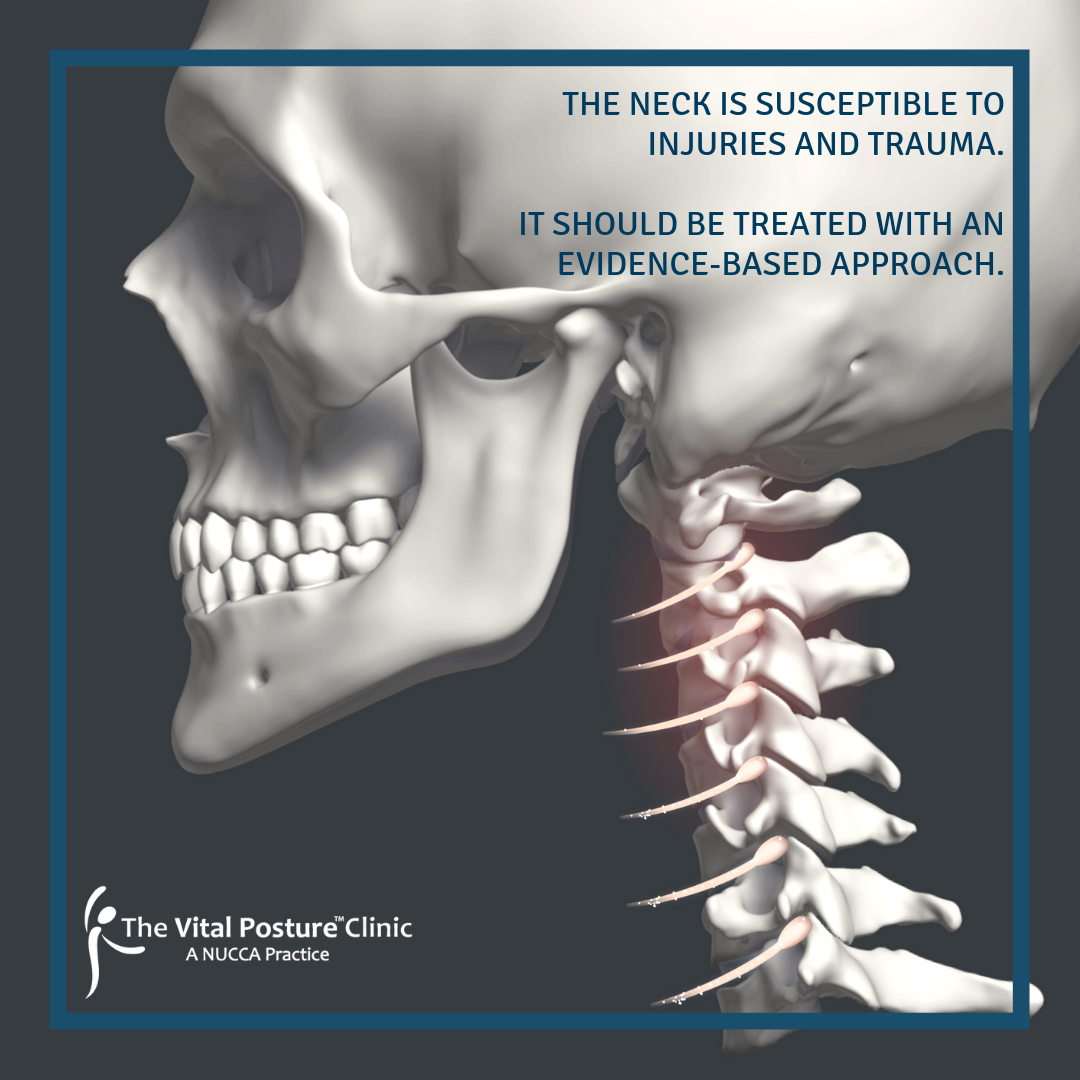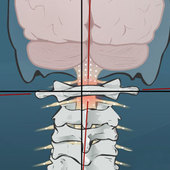
Wouldn’t it be nice to keep headaches at a bare minimum? Or eliminate them completely? Enduring chronic headaches is no way to live and can negatively impact your quality of life.
Although the root cause of headaches can be hard to assess, one potential solution that has helped many headache sufferers is the NUCCA procedures provided here at the Vital Posture™ Clinic in Calgary, Alberta. This specific chiropractic treatment is growing in popularity due to a better understanding of headaches and their connection to disorders of the neck.
In this article, I delve into various types of headaches that patients may have experienced and what could be triggering them.
Only when we know what’s creating your pain can we find an effective treatment plan that fits your needs.

Dr. Trevor Hillard
Headache and Migraine Professional
The Vital Posture™ Clinic
Calgary, Canada
Cutting through the confusion: the different types of headaches
According to the International Headache Society, headaches can be classified into two main categories: primary headaches and secondary headaches.Primary headaches
A primary headache can be of vascular or muscular origin, which includes:- Migraine Headaches – These can last anywhere from a few hours to a few days. They’re typically accompanied by vision, sight, and smell sensitivities. Migraine sufferers describe their pain as pounding and throbbing, and they often experience nausea, vomiting, neck pain, and even blurry vision.
- Cluster headaches –These headaches happen during a cluster period which can range from 2 weeks to 3 months. Each headache can last for as little as 15 minutes to as long as 3 hours and can occur several times each day. Pain is described as burning, throbbing, and piercing, particularly behind the eyes.
- Tension headaches – These headaches are quite common and are caused by stress, structural misalignment in the body, or poor posture - all of which can cause muscle tension. These headaches tend to come and go depending on the stress that’s affecting the muscles.
Secondary headaches
There are over 150 different types of headaches, and many fall under the category of secondary headaches.These include:
- Sinus headaches
- Hormone headaches
- Pain from a brain tumor or aneurysm
- Pain caused by caffeine withdrawal
- Pain triggered by caffeine
- Headaches caused by exertion
- Rebound headaches (from medication)
- Post traumatic or post concussion headaches (from trauma, like a car or sporting accident)
- Cervicogenic headaches
Headaches and their relationship with the cervical vertebrae
Headaches that many people experience, but don’t fully understand, are cervicogenic headaches—headaches caused by neck injuries (e.g. whiplash, car accidents). Existing literature supports the idea that these types of headaches can originate from a misalignment of the first and second vertebrae of the spine.
The spine is divided into five regions: cervical, thoracic, lumbar, sacral, and coccygeal. The cervical spine consists of the seven vertebrae in the neck which protect the spinal cord and supports the skull. These vertebrae also help the head rotate, move side-to-side, backward, and forward.
The first two vertebrae, C1 and C2, are extremely important. The skull rests directly upon C1 and appropriate movement is impacted by the alignment of C1 and C2.
When these small yet important bones are out of alignment, it can result in a stiff neck as well as tension and pain in the surrounding muscles to compensate for the imbalance. When the upper cervical spine is in a compromised position, referral pain such headaches can occur. If left untreated, those headaches can become chronic.

A restriction in spinal fluid flow may be a factor in headaches
Misalignments in the upper neck can irritate nerves and even restrict the flow of spinal fluid in and out of the head. Cerebrospinal fluid (CSF) provides nutrients to the nervous system and removes waste from the brain. The waste drains out of the brain and into the bloodstream.When the cervical vertebrae are not in proper alignment, the appropriate flow of CSF may be restricted which can lead to a backup in waste.
Accidents and injuries can cause misalignments of cervical vertebrae. These misalignments play a role in cervical nerve compression or irritation in cases of whiplash, concussion, or spondylosis (disc degeneration).
How to differentiate between different types of headaches and why this is important
Cervicogenic headaches can be hard to identify without a proper assessment. Many people simply “deal with it” or see their doctor about various pain relief treatments that, ultimately, do not address the root of the problem.
If we go back to the list of headaches above, anatomical relationships suggest that many headaches may be related to issues in the neck or from some form of structural misalignment.

How can you tell if your pain is caused by upper cervical spine issues?
There are a number of symptoms you may experience other than headaches that may be related to issues in your upper neck. As a group, these are often referred to by health care practitioners as craniocervical syndrome.Common symptoms include:
- Pulsating headache
- Neck stiffness
- Dizziness
- Nausea
- Pain or weakness in the arms/legs
- Blurred vision
- Sensitivity to light and sound
- Pain triggered by sudden, abrupt movement of the neck.
Understanding the root cause of your pain will help you find the best form of treatment. For cervicogenic headaches or pain that’s rooted in structural issues in the body, an upper cervical adjustment from a NUCCA doctor is a viable option. These symptoms can also be caused by other disorders of the head and neck, which our doctors are trained to recognize and refer out for when appropriate.

Ask us about headache relief with NUCCA care
The neck is susceptible to injuries and trauma. It should be treated with an evidence-based approach.
NUCCA adjustments focus on returning the neck to its correct position in relation to the head. As the correction in the head and upper neck is achieved, resulting postural maladaptations within the entire body are brought back into balance and stress is reduced.
In a study published in the Journal of Vertebral Subluxation Research, patients reported noteworthy improvement in posture and headaches after NUCCA care.
Because NUCCA care is very case-specific, our NUCCA chiropractors at the Vital Posture™ Clinic will provide a thorough assessment to understand if an upper cervical misalignment is present and possibly contributing to your headaches. You will also get a chance to see the impact of any past neck injuries through advanced Digital X-Ray imaging.
NUCCA adjustments remove stress to facilitate our body’s self-healing and aim to restore appropriate communication within the body; the average patient sees more than a 50% reduction in postural distortion within 2-3 days of the initial visit.
At the Vital Posture™ Clinic, we are committed to helping your body heal so you can find relief and live a relatively headache-free life.
Have you been struggling with chronic headaches? Contact us to schedule an appointment. We’ll help you determine the cause of your pain and find a solution that will bring you some relief!



